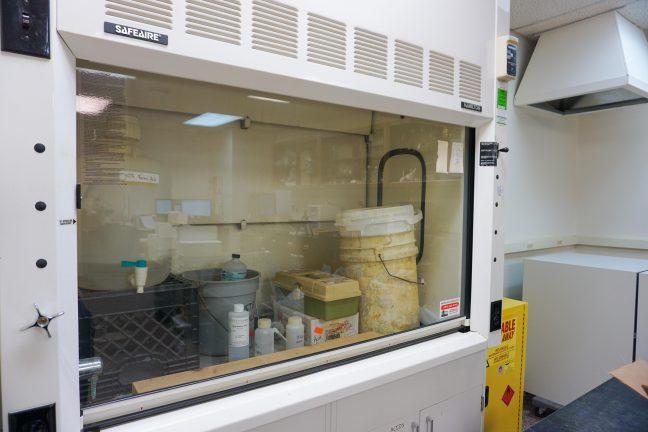In a time when misleading information is abundant and truths are scarce, one fact certainly holds weight: Child poverty is an expanding problem. Organizations that are meant to help struggling families and children are, in fact, harming them.
The Urban Institute says almost 40 percent of children spend at least one year in poverty before they reach the age of 18. Racial disparities persist, as black children are four times more likely to be impoverished than the average child in the country.
Children who experience persistent poverty are 13 percent less likely to finish high school, and 43 percent less likely to finish college than their counterparts.
What happened? When former President Bill Clinton signed Republican-supported welfare reform into law, it was meant to raise families out of poverty by ending a culture of dependency which was attributed to the former welfare program, Aid to Families with Dependent Children.
Welfare reform ushered in a new program, Temporary Assistance for Needy Families, and Wisconsin was one of the first states to implement the new requirements for welfare. The state program, Wisconsin Works (better known as W-2), set work or work-related requirements for applicants seeking to receive cash benefits, and the program is in its 19th year of operation.
But it depends what your definition of “success” is when assessing W-2’s triumphs.
If you believe the goal of welfare reform was to decrease government spending, then W-2 and TANF are wild successes. Unlike AFDC, TANF’s funding is based on a federal block grant, meaning its funding in the federal budget is fixed.
In reality, the program’s funding has decreased over time because the block grant isn’t tied to inflation, which means the value of the program’s funding has decreased as inflation rose.
Also, the number of welfare recipients decreased dramatically after the implementation of W-2. In 1996, when AFDC was in its twilight, 35,000 Wisconsinites were receiving welfare benefits, but in 2001 that number had dropped down to 7,000. These numbers do not mean less people are impoverished, but that less impoverished people are receiving assistance.
In 2010, only 27 percent of impoverished Americans were on welfare, meaning 73 percent of impoverished Americans are experiencing poverty without any assistance.
If you believe the goal of welfare reform is to reduce poverty, then the new programs have been a massive failure.
According to a study done by the Center for Community Economic Development, nearly two out of three former welfare recipients had a lower income during the three months after leaving W-2 then while they were enrolled.
In one Wisconsin county, child homelessness increased by 50 percent after reforms were made. If the prior information was not damning enough, the percentage of children in extreme poverty quarterly — those living on or below $2 per day every three months — increased by 127 percent between 1990 and 2011 according to the National Poverty Center.
It seems as if the late Sen. Daniel Patrick Moynihan’s, D-New York, ominus statement about TANF came true, which was “the most brutal act of social policy since reconstruction.” For Wisconsin and America’s poor, TANF has been a failure, but for America’s impoverished children, it has been devastating.
AFDC was a program in need of reform because it victimized the poor, casting them into a surreal world of dependency where remaining a recipient was a better means of survival than looking for work.
But TANF penalizes the poor for being poor. It forces them into jobs where they often make less when they were on welfare, and it forces parents to spend outrageous amounts of time working minimum wage jobs in order to receive benefits, leaving their children parentless at home.
It is time we once again reform welfare, with the main focus being the children enrolled. The most important thing a child can have in life is not bonds from their grandfather, a scholarship to the local preparatory academy or good healthcare, but two parents in the home who love, worry for and look after them.
Although it is impossible to put two parents in every home, we can mitigate this unfortunate truth by implementing subsidized income policies, public day care and expanding mentoring programs.
AFDC hurt the poor, but TANF is kicking them while they’re down. The state can reduce poverty if it wants to, but it has to stop worrying so much about the budget and more about its families, especially its children.
Nichalous Pogorelec ([email protected]) is a junior studying sociology.














